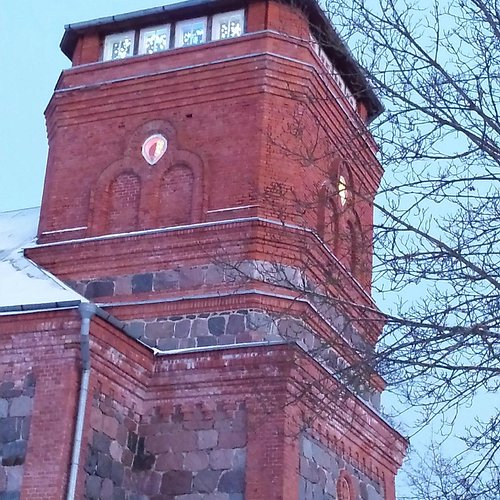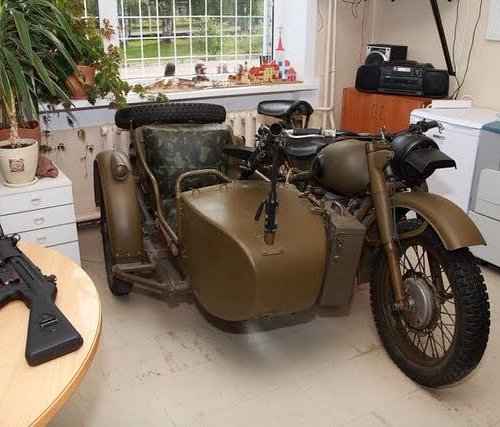What to do and see in Valga County, Valga County: The Best Things to do
Discover the best top things to do in Valga County, Estonia including Lake Puhajarv, Torva Church Chamber Hall, Valga Town Hall, Monument to Alfred Neuland, Nipernaadi, Valga Prison Camp Cemetery, Helme Caves, Helme Order Castle, Taagepera Castle, Valga Militaarteemapark-Muuseum.
Restaurants in Valga County
1. Lake Puhajarv
Overall Ratings
5.0 based on 48 reviews
The picturesque coastline and five islands of Lake Puhajarv make it the biggest and most beautiful lake in the Otepaa region. There is a beach with a beach house, ball game courts, rest areas, cafés and a pier by the northern tip of Lake Puhajarv.There are many springs in the lake and the Spring of Love is the most famous of these. The Vaike Emajogi River starts from the southern tip of the lake. A 12 km hiking track runs about the lake.Dalai Lama Tenzin Gyatso blessed the lake in 1991 and this event is commemorated with a wooden sculpture on the lake’s shore by the park.
2. Torva Church Chamber Hall
Overall Ratings
5.0 based on 5 reviews
The Helme-Torva Apostolic Orthodox Church of the Birth of Christ was built in Valga Street in the years 1903 to 1904. Karl Shurin was in charge of the building work. The two domes and bell tower made the church one of the most imposing churches in the Viljandi Apostolic Orthodox Deanery. The church was seriously damaged during the fierce battles fought in September 1944 and it was only restored in 1990 as a chamber hall.Interesting facts:* the church was also used for salt and cement storage during the Soviet times;* the church-chamber hall currently belongs to the Lutheran church.
3. Valga Town Hall
Overall Ratings
4.5 based on 11 reviews
The Town Hall was built in 1865 and its high half-hipped roof, skylights and turrets make it one of the most outstanding examples of historicist architecture in Estonia. There is a memorial tablet to Johannes Martson, who was the mayor from 1902 to 1917, in the foyer of the Town Hall.Interesting facts:* Johannes was the first Estonian mayor in Estonia and his wax figure can be seen in Valga Museum;* Valga Tourist Information Centre is located in the Town Hall.
4. Monument to Alfred Neuland
Overall Ratings
4.5 based on 6 reviews
Weightlifter Alfred Neuland (1895-1966) who was born in Valga is the first Estonian Olympic Champion. He returned with a gold medal from the Antwerp Olympic Games in 1920. He was also successful at the Paris Olympic Games where he won the silver medal.Interesting facts:* sculptor Mati Karmin is the author of the bronze bust;* Hermann Lerchenbaum, the first Estonian known to have taken part in Olympic Games as a member of the US Navy's rowing team at the 1896 Olympic Games in Athens, was also born in Valga.
5. Nipernaadi
Overall Ratings
4.5 based on 7 reviews
NIPERNAADI, the eternal wanderer and dreamer, greets visitors and boldly raises his hat in the Sade park. Look at the sole of his raised travelling boot and you'll see adventurous roads awaiting for you. If you manage to polish even the smallest part of it you will always have good luck accompanying your travels. Look into his eyes and you'll start dreaming, too. If you happen to meet his eyes for a bit longer your longing will be filled with something beautiful and unusual. Wave him as you leave and adventures will follow.NIPERNAADI, a vigorous bronze sculpture inspired by the protagonist of the novel "Toomas Nipernaadi" by August Gailit is anxious to meet you.
6. Valga Prison Camp Cemetery
Overall Ratings
4.5 based on 6 reviews
During the Second World War, there was a camp for prisoners of war in the territory of the current Priimets Industrial Estate where the former stables of the Estonian Army had been converted into prisons. The Stalag 351 Camp was founded in summer 1941 for captured soldiers fighting in the Red Army and Camp 187 for German prisoners of war was founded instead of it in 1944. Interesting facts:* the cemetery where German prisoners of war are buried was restored at the initiative of the Volksbund Deutsche Kriegsgraberfursorge (People’s Association for Caring for German War Graves); * German prisoners of war built the Valga railway station that was completed in 1949;* the Mourning monument by Anton Starkopf was erected to commemorate Soviet prisoners of war.
7. Helme Caves
Overall Ratings
4.5 based on 14 reviews
The Helme caves, in the manor park of the same name, are unrivalled in Estonia. Situated to the north of the castle ruins, the caves have white Burtniek layer sandstone walls standing 3 m high. Unfortunately, some of the better known caves have already collapsed. The cave system once comprised seven interlinked chambers, the biggest of which was known as the Church of Moses. The caves are peppered with springs, and over the years have been further dug out and used as shelters.Did you know...?*In the olden days the Helme caves were also known locally as the gateway to Hell
Reviewed By geelongexpat - Chatan-cho, Japan
These caves are part of the castle and were used as a hideout. Now there is only one you can enter. It is interesting to walk through. Apparently, locals sometimes drink inside on weekends.
8. Helme Order Castle
Overall Ratings
4.5 based on 7 reviews
Reviewed By geelongexpat - Chatan-cho, Japan
They are interesting ruins with information provided. Free to access. The steps up to it are easy if you are fit. There’s about 40. Good to stop by on a road trip.
9. Taagepera Castle
Overall Ratings
4.0 based on 9 reviews
Taagepera Castle is a special place – it is a mixture of elegance and a rustic milieu, history and the present day…Baron Hugo von Stryk had the impressive art nouveau castle built as a home for himself more than a hundred years ago. A hotel with a cosy 40-seat à la carte restaurant was opened here in 2003. The castle is the perfect place for weddings, birthdays, receptions, company events and seminars.Interesting facts:* the castle has been named as the best venue for wedding receptions for many years according to the surveys conducted by the wedding portal.
10. Valga Militaarteemapark-Muuseum
Overall Ratings
4.0 based on 16 reviews
Reviewed By Geminican - San Jose, United States
This is an interesting place if you want to learn more about soviet military. But all in Russian so can't really understand. It's a petite museum with two floors. Still worth going if you are into soviet military. Free. One cool thing is you can get up to a tank and take a free picture. The key is to climb up to the tank.










